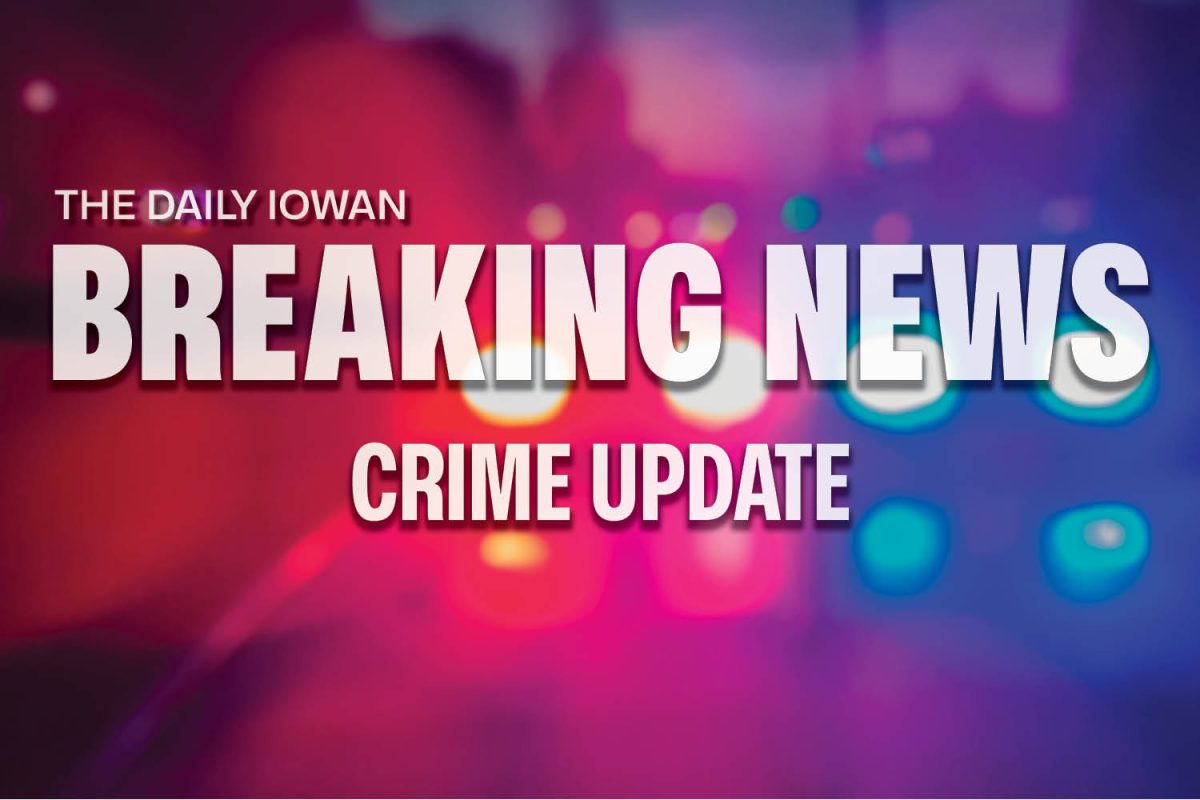Local school officials will soon discuss the possibility of a new theme-based school in the area.
The Iowa City School Board will talk about plans to open a magnet school in the district at today’s board meeting, according to a report attached to the agenda.
A committee composed of members involved in the district has investigated the benefits of magnet schools for six months.
Opening a magnet school would create a more diverse learning environment for students, said Brian Kirschling, the board’s vice president.
“[Magnet schools] would give additional programing that is enticing to parents in enrolling their child in a school that is attractive to their family,” he said.
Magnet schools are an alternative to the district schools.
The schools would have a theme-based focus, with academic criteria targeting one area of study.
Science, technology, engineering, and mathematics, otherwise known as STEM, is one example of a theme-based school. Others could include fine and performing arts or world languages.
“It would allow for choice; whether you wanted to attend your neighborhood school or a unique and specialized programs school,” said Chris Lynch, the board president.
One group of professionals knowledgeable about such institutions is the Magnet Schools of America, a national nonprofit education association.
John Laughner, the association’s communications manager, said many magnet schools see positive outcomes in their students.
When kids integrate with kids from different neighborhoods, they become more racially and socioeconomically diverse, he said.
Additionally, students have been found to have higher graduation rates, be more accepting of other ethnicities, and parents are more involved in the schools, he said.
“One complication is whether or not the theme is attractive to parents and students,” he said. “If the district doesn’t survey the community in the correct way, it won’t get a good idea of what the parents and students want in their district.”
To avoid this, Laughner said, districts should hold community public hearings and surveys to learn what the public thinks is important for students to learn.
Before the board seeks community approval, first the members need to integrate the plan into the strategic-planning process, Lynch said.
“We need to decide if it’s a priority and something we can afford,” he said. “Then we’ll seek community engagement to see if they think it’s a priority for the district.”
With four new schools being built in the district as well as renovations in every school building, Kirschling said, one building could turn into a magnet school.
A possible a location for the school being discussed is the current Twain Elementary School, because of its space.
“We want to make sure students have nice facilities and adequate programs to excel,” Kirschling said. “The idea, based on the report, is to put magnet programing where it is going to succeed in the future.”
Further discussion will be held at the meeting at 6 p.m. today.






